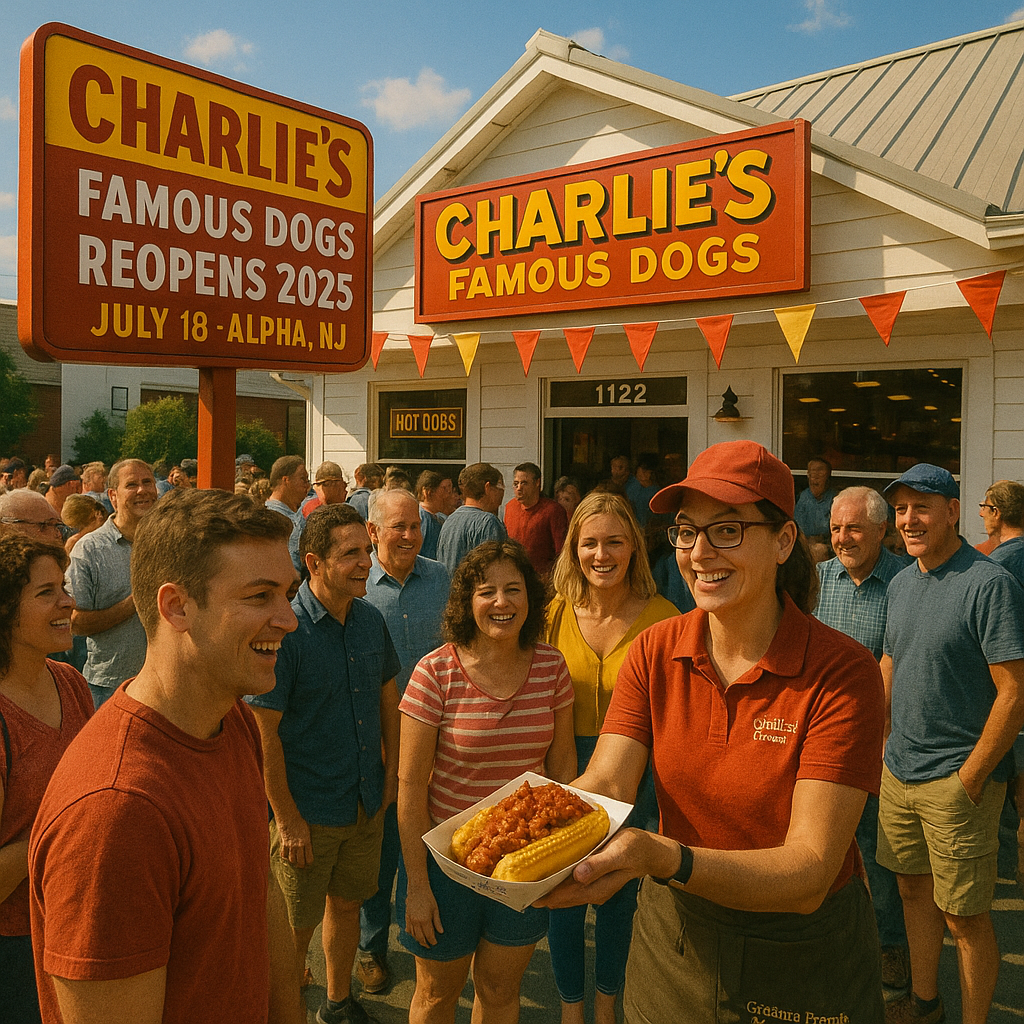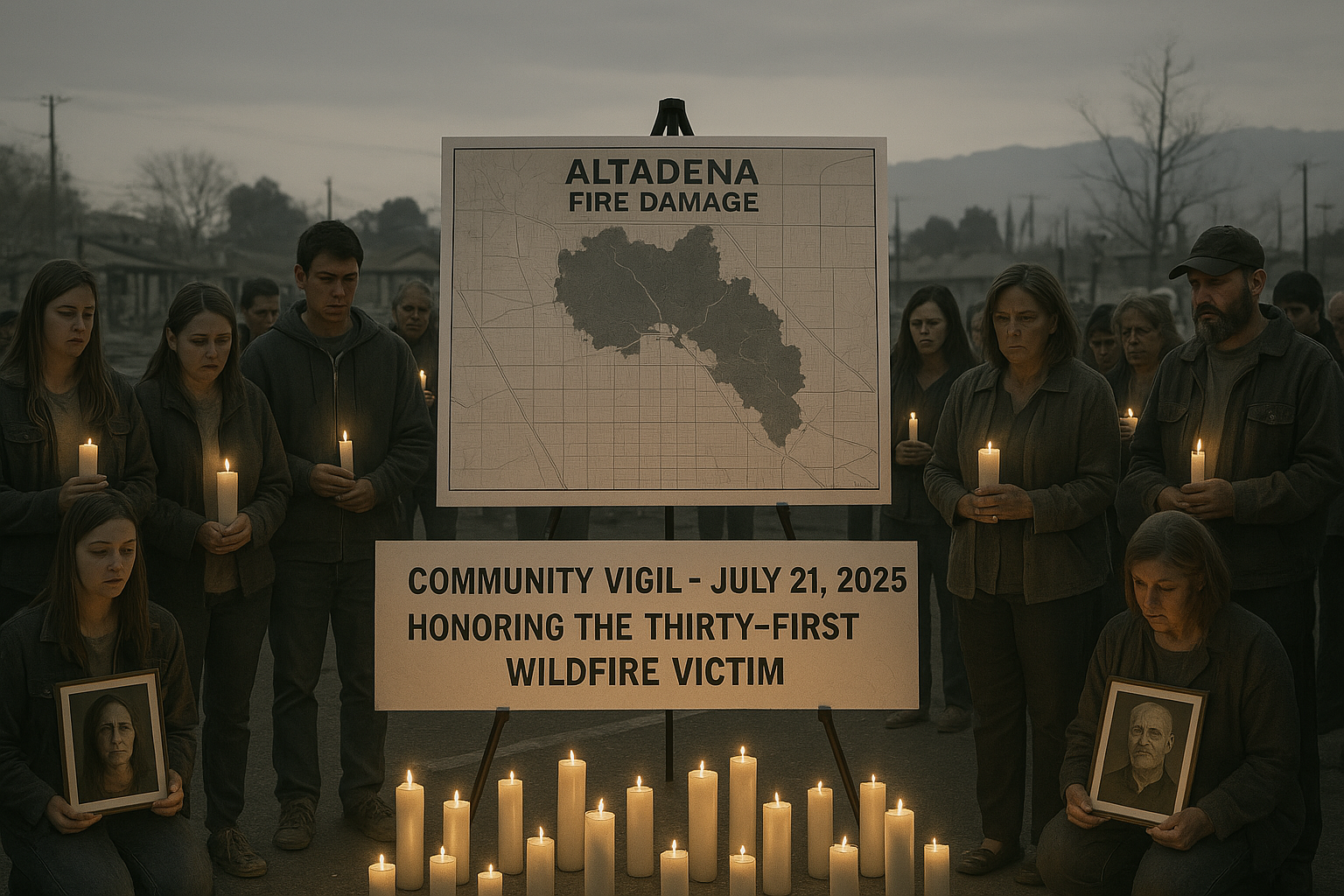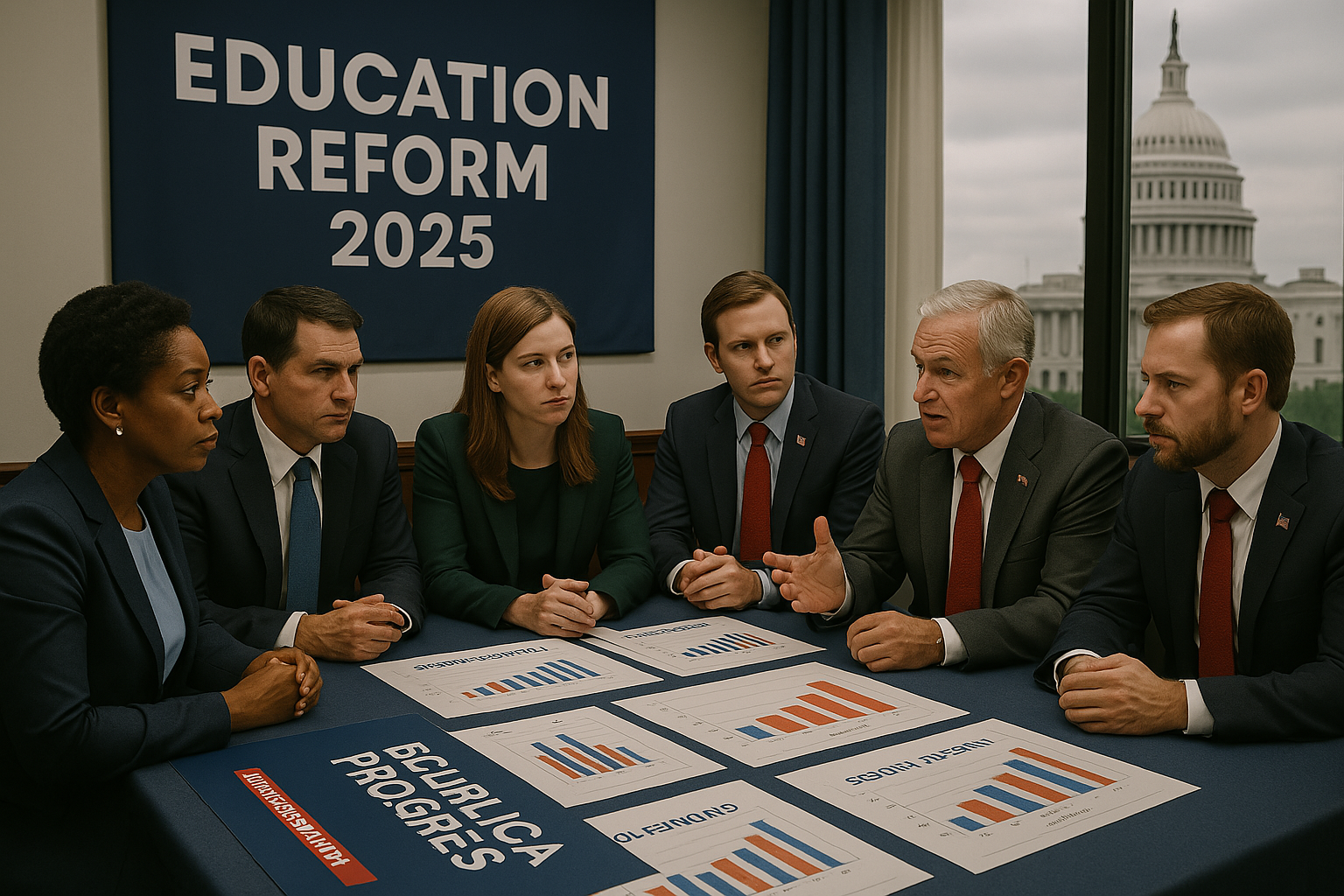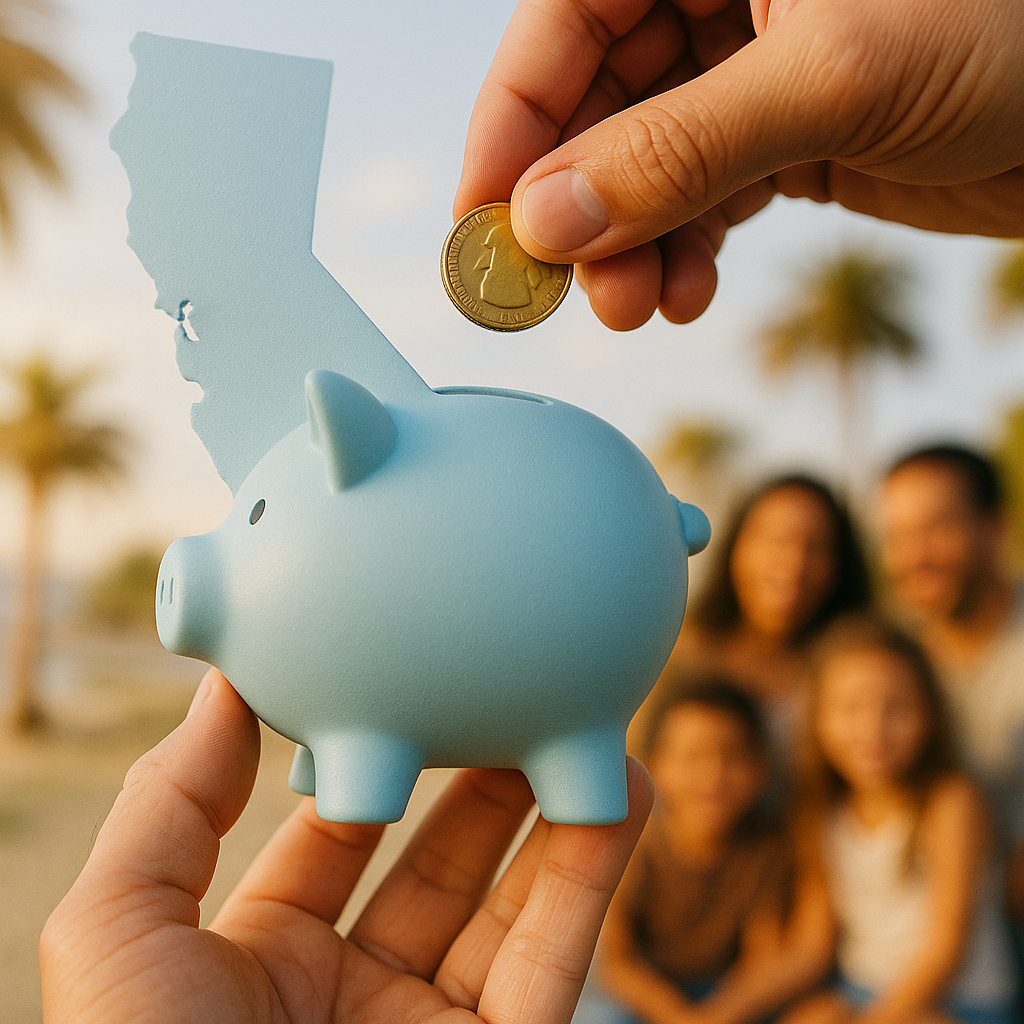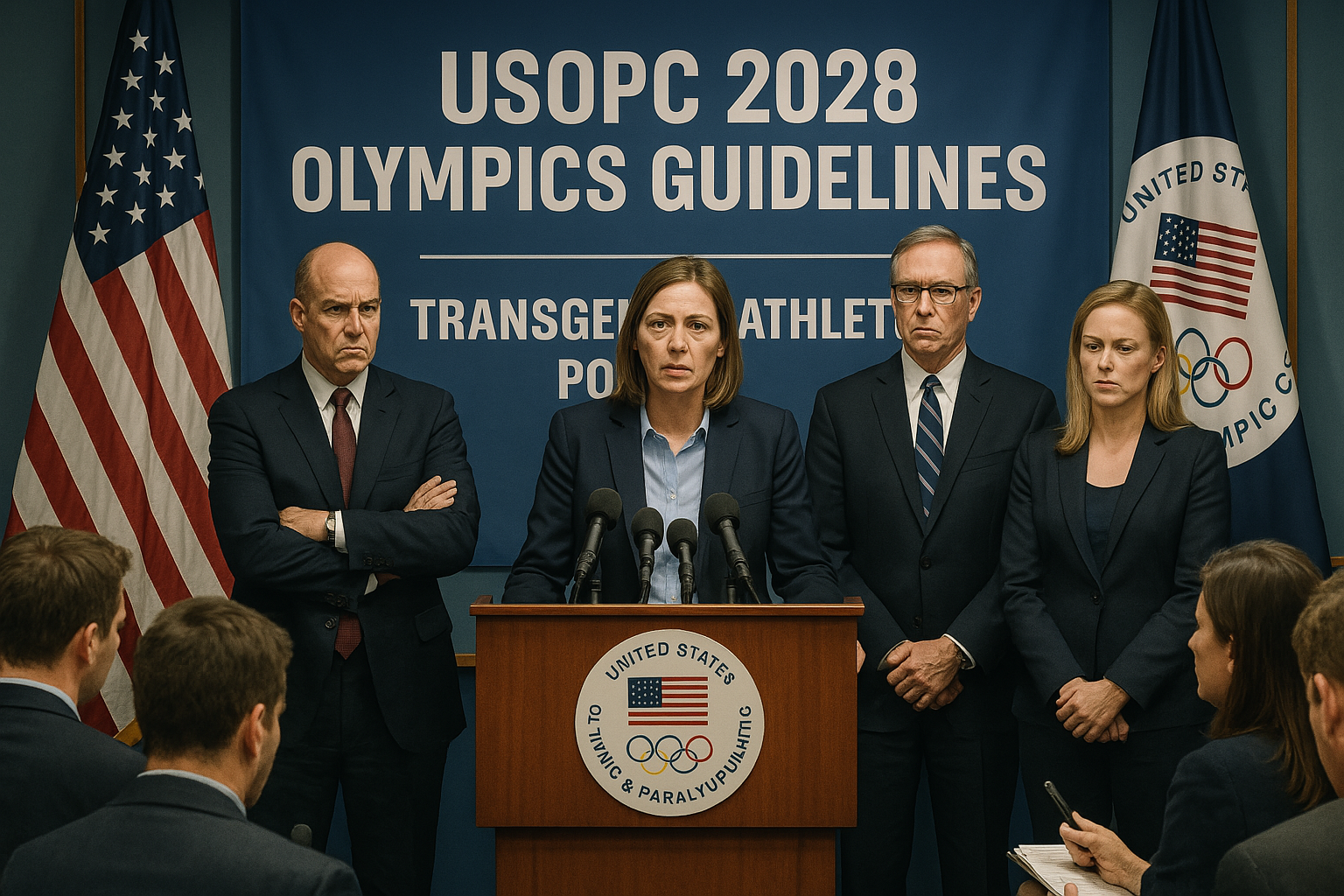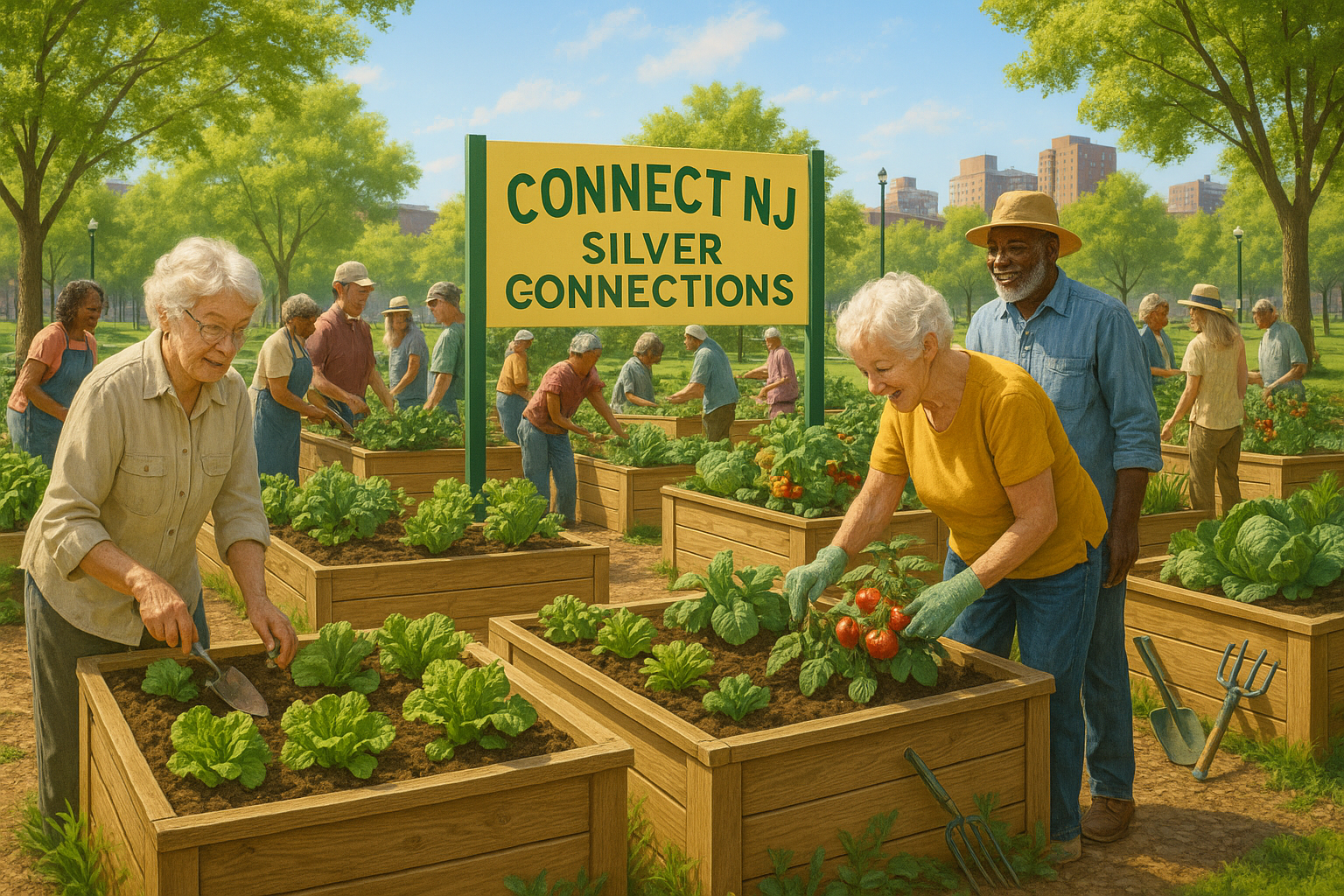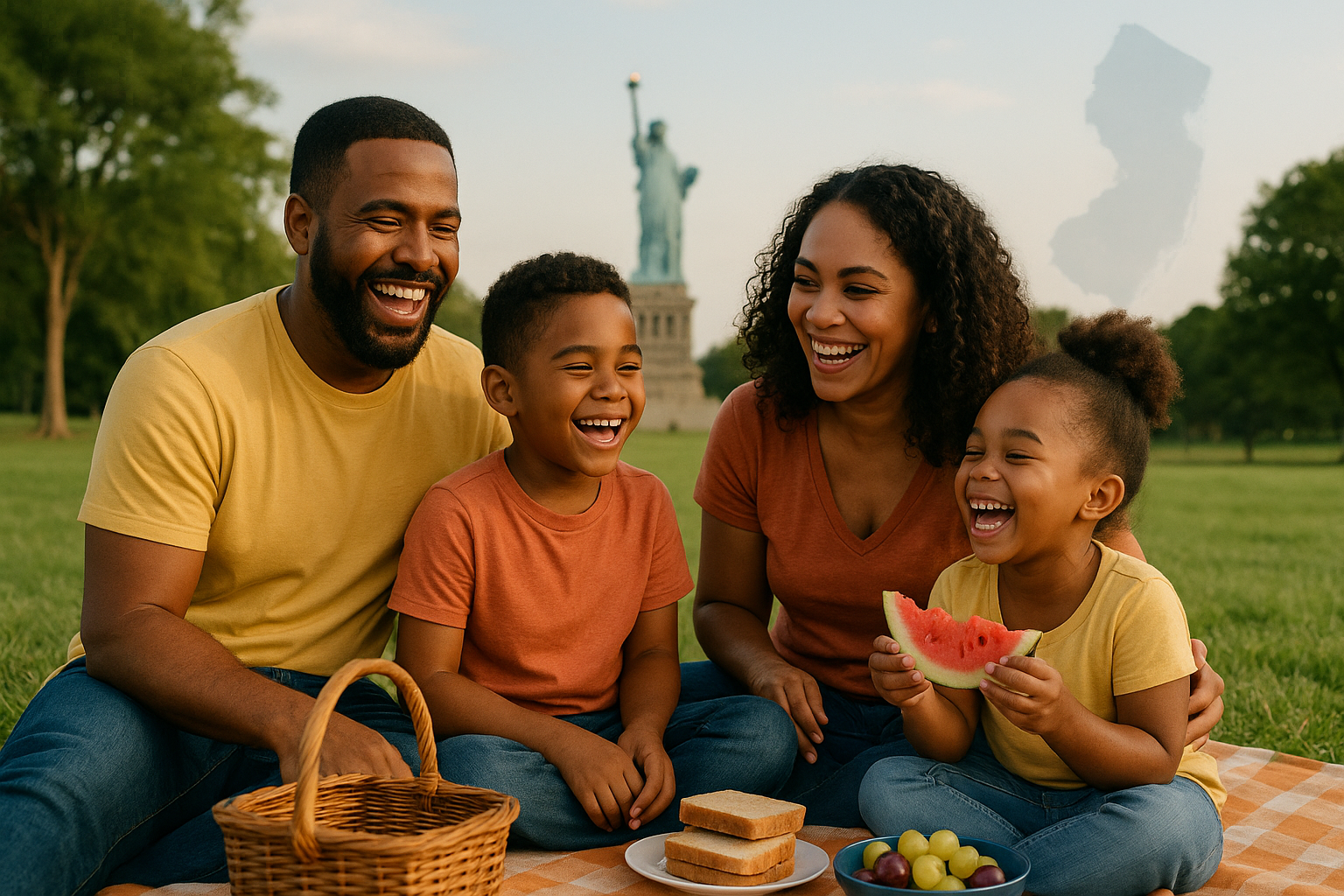Finding Shady Hikes Around Los Angeles: A Guide to Beating the Heat
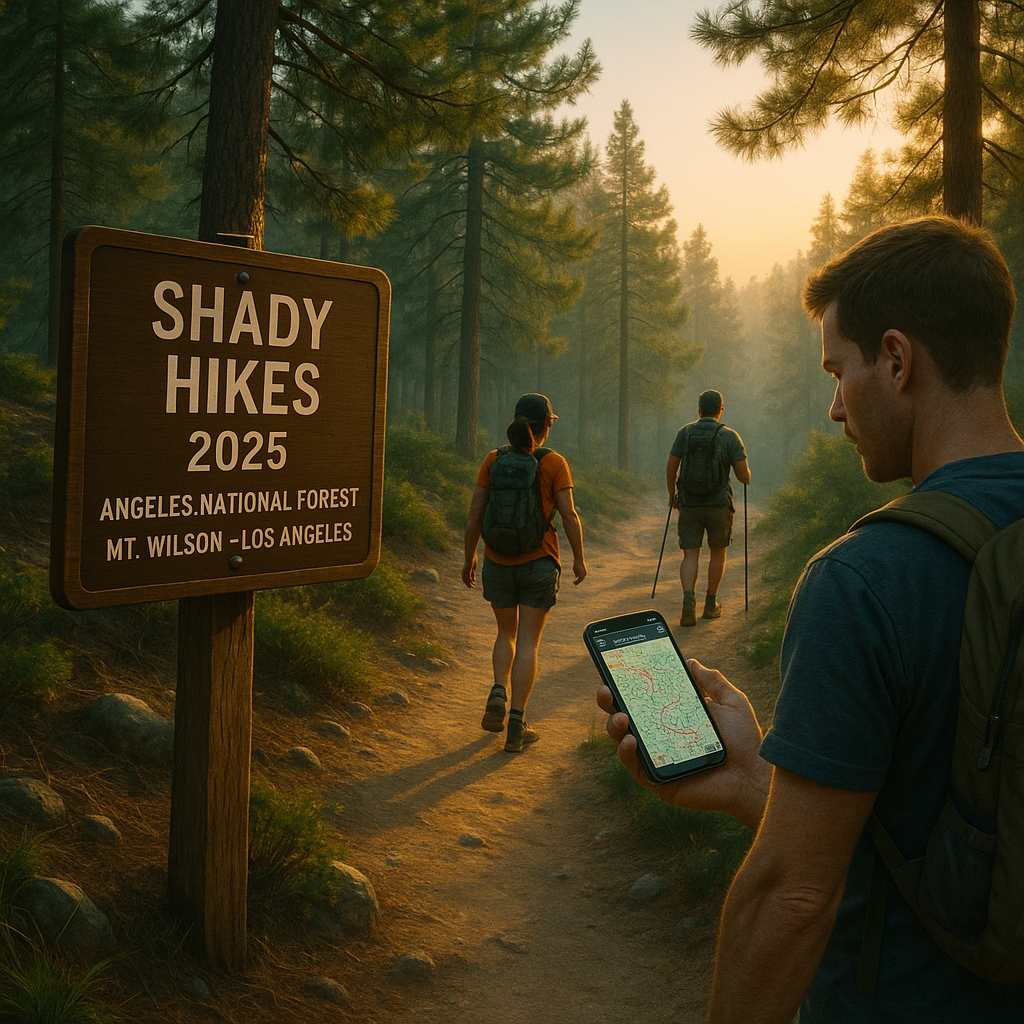
On July 24, 2025, the Los Angeles Times published a newsletter by Jaclyn Cosgrove in its The Wild series, offering practical advice on finding shady hikes in the Los Angeles area to escape summer heat. Instead of listing specific trails, the article empowers readers to identify their own shady hikes by considering factors like time of day, local topography, weather forecasts, and tree cover. This article summarizes the guide’s key points, explores its context within Southern California’s outdoor culture, analyzes stakeholder reactions, and discusses broader societal implications for accessible recreation and environmental awareness, drawing on the Times newsletter and related sources.
Details of the Guide to Shady Hikes
Cosgrove’s guide provides a framework for hikers to locate trails with natural shade, crucial for safe hiking during Los Angeles’s hot summers. Key factors include:
- Time of Day and Year: The article uses Griffith Park as an example, noting that the sun rises at 6 a.m. on July 26, 2025, at a 66-degree northeast bearing, per Griffith Observatory data. Early morning hikes on south- and southwest-facing slopes, like Fern Dell or near the bird sanctuary, offer shade as west-facing slopes block sunlight. By contrast, northeast-facing trails, such as the Old Zoo Loop or near Amir’s Garden, receive early sun exposure.
- Local Topography: The direction a slope faces (its “aspect”) determines shade availability. North-facing slopes in the Northern Hemisphere receive less direct sunlight, making them ideal for shade. Recommended trails include Mt. Waterman, Mt. Baden-Powell via Vincent Gap, and the Rim Trail at Mt. Wilson, all in Angeles National Forest, where north-facing slopes provide cooler conditions.
- Day’s Forecast: Higher elevations, like Mt. Wilson (5,710 feet) or Buckhorn Campground (6,500 feet), can be 10–15°F cooler than Los Angeles due to the lapse rate (a 3.5–5°F drop per 1,000 feet of elevation gain). Tools like Google Maps’ terrain function or CalTopo help identify elevation, aiding hikers in choosing cooler trailheads.
- Tree Cover: Oak woodlands, riparian areas, and high-elevation pine forests offer significant shade. Trails like the Gabrielino Trail in Angeles National Forest or Placerita Canyon State Park’s oak-lined paths are highlighted for their dense vegetation, reducing heat exposure in Southern California’s dry climate.
Cosgrove advises caution, noting that extreme heat may make hiking unsafe, and recommends hydration and checking weather forecasts. She encourages readers to analyze local canyons’ orientations (north-south or east-west) and wall heights to assess shade potential, using tools like compass apps and topographic maps.
The newsletter also lists three weekend activities:
- Bending the Curve with Audubon (July 26, 2025, 1 p.m., Torrance): A talk by biologist Keith Haney at Madrona Marsh Preserve on protecting bird populations.
- East L.A. Mural Bike Ride (July 26, 2025, 9 a.m., Mariachi Plaza): A beginner-friendly ride by People for Mobility Justice to explore murals in East L.A. and Boyle Heights.
- National Moth Week Black Lighting (July 26, 2025, 6–9 p.m., Valyermo): An Invertebrate Club event at Devil’s Punchbowl Natural Area to observe moths and scorpions.
A “must-read” section highlights Juan Heredia, a Stockton-based scuba instructor who has recovered 12 drowning victims’ bodies in 2024–2025, including Jomarie Calasanz in Sequoia National Park, showcasing community-driven efforts in outdoor safety.
Context of Southern California’s Outdoor Culture
Los Angeles’s proximity to diverse landscapes—beaches, mountains, and deserts—makes hiking a cornerstone of its recreational culture, with over 1,000 trails in Los Angeles County alone, per AllTrails. Summer heat, often exceeding 90°F, poses risks, with the L.A. County Department of Public Health reporting 15 heat-related deaths in 2024. Cosgrove’s guide responds to this challenge, leveraging technology like compass apps and CalTopo to make hiking safer and more accessible. The emphasis on shade aligns with increasing awareness of climate-driven heatwaves, with a 2025 NOAA report noting a 20% rise in extreme heat days in Southern California since 2000.
The guide reflects broader trends in outdoor recreation, where digital tools democratize access to nature. Apps like AllTrails and Strava, used by 60% of L.A. hikers per a 2025 REI survey, complement Cosgrove’s recommendations, while her focus on local trails encourages sustainable exploration amid rising gas prices and environmental concerns. The inclusion of community events like the mural bike ride and moth observation underscores L.A.’s vibrant outdoor community, fostering inclusivity and environmental education.
Stakeholder Reactions
Los Angeles Times and Jaclyn Cosgrove
Cosgrove, a seasoned outdoors journalist, aims to empower readers, as seen in her editor’s suggestion to “zoom out” from specific trails to a universal method. Her engagement with readers (“Let me know how it goes!”) and use of Griffith Observatory and Mt. Wilson resources reflect a commitment to accuracy and community. The Times newsletter, with 50,000+ subscribers per 2025 circulation data, amplifies her reach, positioning The Wild as a trusted guide.
Hiking Community
On X, hikers praised the guide’s practicality, with users like @HikeSoCal calling it a “game-changer for summer hikes.” Others, like @LAOutdoorMom, appreciated the focus on local trails, noting, “Didn’t realize Fern Dell was so shady in the morning!” Some requested more specific trail lists, reflecting varied reader needs. Local hiking groups, like the Sierra Club Angeles Chapter, shared the article, aligning it with their heat-safety workshops.
Environmental and Community Groups
Organizations like the Audubon Society and People for Mobility Justice, featured in the newsletter’s events, welcomed the exposure. Audubon’s Keith Haney noted on X that shade-focused hiking encourages birdwatching in cooler habitats, supporting conservation. People for Mobility Justice emphasized the bike ride’s inclusivity, aligning with Cosgrove’s accessible approach.
Public Health and Safety Advocates
The L.A. County Department of Public Health endorsed shade-seeking strategies, citing a 2025 campaign to reduce heat-related illnesses. Juan Heredia’s story, highlighted in the “must-read,” resonated with advocates like the National Park Service, which noted a 10% rise in drowning incidents in 2024, underscoring the need for community-driven rescue efforts.
Societal and Policy Implications
- Public Health and Heat Safety: Cosgrove’s guide addresses rising heat risks, with the CDC reporting a 15% increase in heat-related emergency visits in California from 2020 to 2024. Promoting shady hikes supports public health campaigns to prevent heatstroke, particularly for vulnerable groups like children and seniors.
- Environmental Awareness: Highlighting tree cover and topography educates hikers on ecosystems, aligning with California’s 2025 conservation goals to protect 30% of state lands by 2030. Oak woodlands and riparian areas, as noted, are critical habitats facing threats from development and wildfires.
- Equitable Access to Recreation: By focusing on local trails, the guide reduces barriers for lower-income residents reliant on public transit, addressing inequities highlighted in a 2025 UCLA study showing 40% of L.A.’s low-income communities lack nearby green spaces.
- Digital Empowerment: The use of compass apps and mapping tools reflects a broader trend of technology enabling outdoor access, with 70% of U.S. hikers using mobile apps, per a 2025 Outdoor Industry Association report. This democratizes exploration but raises concerns about digital divides for those without smartphones.
- Community Engagement: Events like the mural bike ride and moth observation foster social cohesion, countering urban isolation noted in a 2025 L.A. County mental health survey, where 30% of residents reported feeling disconnected.
Broader Context
The guide intersects with 2025 stories reflecting environmental and societal challenges. The Jersey Shore advisories highlight water quality concerns, while the Eaton Fire compensation debates underscore wildfire risks affecting trail access. The Epstein files review and IMPD officer arrests reflect public distrust in institutions, paralleling the need for transparent safety guidance in hiking. Nationally, outdoor recreation’s $1.1 trillion economic impact, per a 2025 Bureau of Economic Analysis report, underscores the importance of accessible trails, while Juan Heredia’s rescue efforts mirror community-driven solutions in crises like the Chicago Public Schools’ budget deficit.
Globally, the guide aligns with efforts to promote sustainable tourism, as seen in Europe’s “coolcation” trend, where travelers seek shaded, high-altitude destinations. Cosgrove’s emphasis on local exploration supports California’s climate adaptation strategies, like the 2025 Heat Action Plan, prioritizing resilient public spaces.
Conclusion
Jaclyn Cosgrove’s The Wild newsletter offers a practical, empowering guide to finding shady hikes in Los Angeles, addressing summer heat risks through time-of-day planning, topography analysis, weather considerations, and tree cover. By equipping hikers with tools like compass apps and CalTopo, it fosters safe, accessible outdoor experiences. Stakeholder praise from hikers and environmental groups highlights its impact, while its focus on local trails and community events promotes equity and engagement. Set against 2025’s broader challenges—heatwaves, institutional distrust, and economic strains—the guide underscores the importance of nature as a refuge and the need for informed, sustainable recreation in a warming world.


